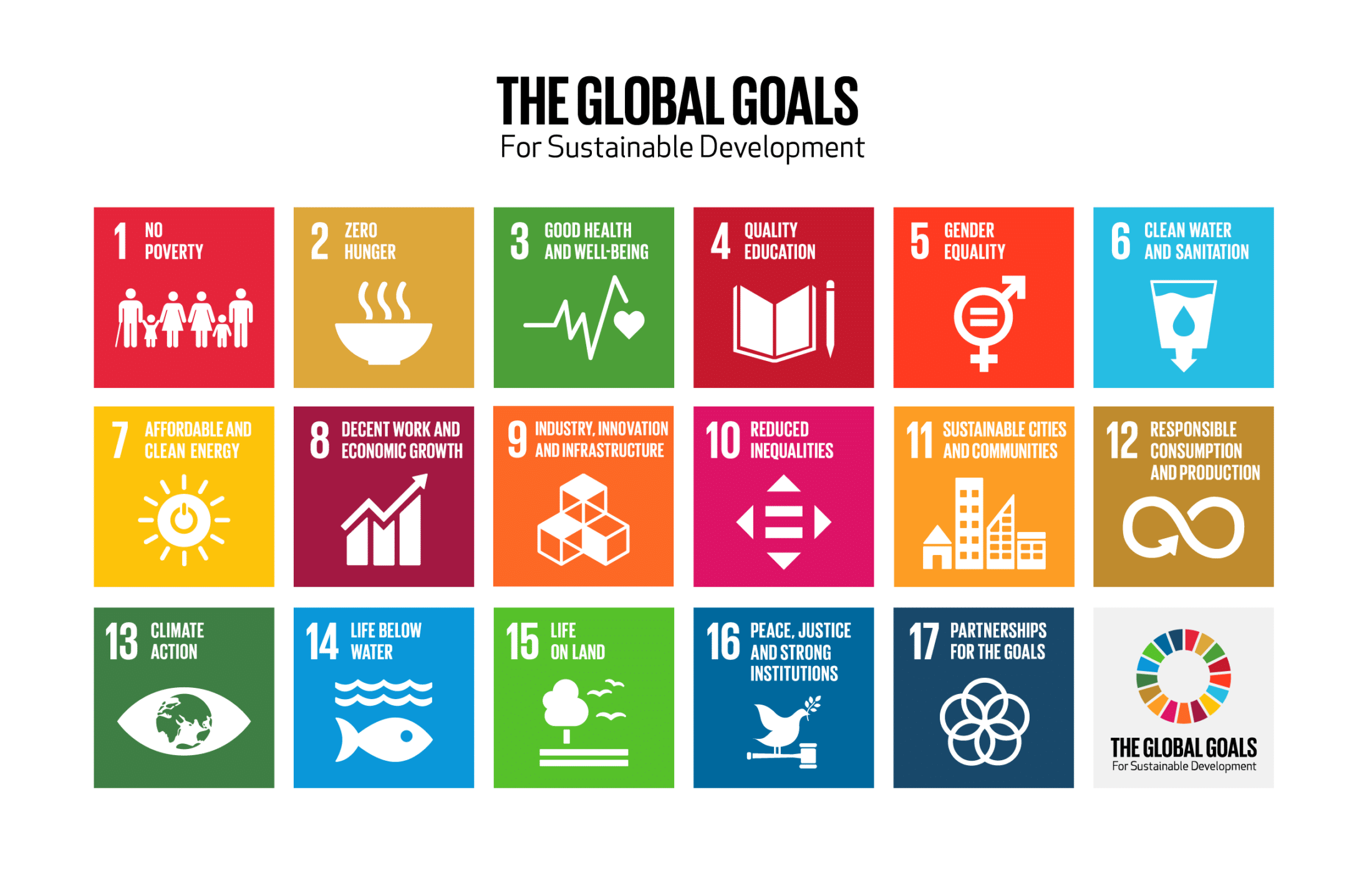My path into an IT consulting company has maybe not been the most traditional, but that just means I’ve experienced a lot on the way. Reducing inequalities has been the guiding light throughout my career and that is what brought me to Gofore too.
Gofore’s brand promise of creating an ethical digital world and the Good Growth business model makes Gofore a pioneer among digitalization consultancies and I wanted to be a part of that!
My diverse and international work experience have ingrained sustainable development and a human rights-based approach in me and my way of work. In 2016 I first got introduced to human-centered design through becoming an innovation focal point at the United Nations Population Fund (UNFPA). The human-centered design was selected as the framework for innovation activities in the organization and my role included driving innovation culture and designing innovation projects.
After that experience, design thinking has followed me everywhere I’ve gone: from co-creating, the Health Buddy program at the Finnish HIV Foundation to my MBA studies, leading the Digital Wellbeing Sprint at Laurea University of Applied Science, currently writing my thesis on inclusive design and most recently starting as a service designer at Gofore.
So how does my passion for reducing inequalities and my work at Gofore go hand in hand, you might ask?
In brief, the Good Growth business model views the future of business through the lenses of People, Nature and Business and the “Design for Everyone” approach acts as a concrete tool for working towards the promise of the SDGs to leave no one behind. With this approach, Gofore combines my passions for equality, human-centered design, and digitalization and that’s why Gofore is the right place for me.
“To get digitalization right”
I’m very excited to be a part of shaping the thinking around ethical/sustainable/inclusive design and I’m looking forward to becoming an expert in designing services incorporating these values. In the future I’d like to work on more customer projects incorporating social and environmental sustainability in the design of digital services.
One of the biggest challenges of our time is to get digitalization right, in a sustainable way. If we fail, we risk a number of negative consequences, such as a growing digital divide, further environmental degradation and increasing economic and social inequalities both between countries and within countries.
Can you really afford not to do it in a sustainable way?
We have the trillion-dollar chance now to do digitalization right. In this context, what I mean by ”right” is so that everyone has a chance to participate and no one is left behind. If we fail, we might unwittingly create an even more unequal world where digital services only serve some of us. There’s already plenty of examples where AI-based products and services have adopted bias and only work for some people, leaving large parts of the population (and possible customer base) outside. Sami Vihavainen brought up several examples in his recent blog, go check it out.
Notice how I said we have a trillion-dollar chance? The wording was very deliberate. Grounding digitalization in the sustainability framework is not just the right thing to do, but it’s also the profitable thing to do. All 193 countries have committed to the SDGs and they have also recognized that the goals cannot be reached without the private sector. This means that there are great business opportunities connected to realizing the SDGs. Several estimates value the possibilities in the trillions and the Business and Sustainable Development Commission estimates the SDGs bringing 12 trillion dollars’ worth of business opportunities by 2030.1
So here’s a question for all organizations embarking on the journey of digitalization: Can you really afford not to do it in a sustainable way, for people, the planet, and prosperity?
This is the third blog post in the Good Growth Design for Everyone series. If you thought this was interesting, go read Anton’s post Resetting the role of Design and Sami’s post “Autoplay, let me sleep” – How can we design to help societies thrive? And keep an eye out for one more text by Suvi before the holidays!
Reference:
Elkington, J., Roberts, R. 2017. Sustainability: A $12 Trillion a Year Market by 2030. The European Business Review. Available at: https://www.europeanbusinessreview.com/sustainability-a-12-trillion-a-year-market-by-2030/ [Accessed 18.6.2021]



